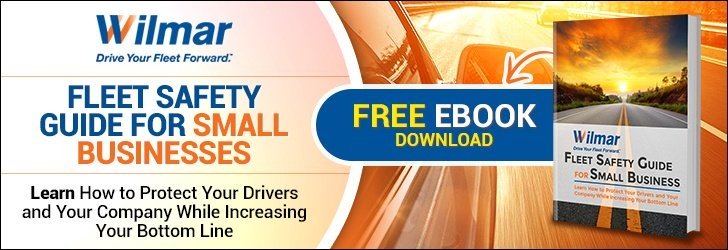
As a fleet manager or business owner, ensuring the safety of your vehicles and drivers is paramount. Fleet safety encompasses a comprehensive approach to minimizing risks and maximizing efficiency in your organization's transportation operations. By implementing robust safety measures, you not only protect your employees and assets but also enhance your company's reputation and bottom line. In this article, you'll discover the key components of an effective fleet safety program, from driver training and vehicle maintenance to technology solutions and regulatory compliance.
Understanding and prioritizing fleet safety can lead to significant improvements in your operations and overall business success.
Defining Fleet Safety
Fleet safety encompasses the comprehensive measures and practices implemented by organizations to ensure the well-being of their drivers, vehicles, and the public on the road. It's a multifaceted approach that goes beyond mere compliance with traffic laws.
Key Components
At its core, fleet safety involves:
-
Driver training and education
-
Vehicle maintenance and inspections
-
Route planning and optimization
-
Implementation of safety technologies
-
Continuous monitoring and improvement of safety metrics
Importance for Organizations
Prioritizing fleet safety is crucial for several reasons:
- Risk mitigation: It reduces the likelihood of accidents, injuries, and fatalities.
- Cost reduction: Fewer incidents lead to lower insurance premiums and repair costs.
- Reputation management: A strong safety record enhances a company's public image.
- Regulatory compliance: It ensures adherence to industry standards and legal requirements.
By focusing on fleet safety, organizations not only protect their assets and employees but also contribute to safer roads for everyone.
Key Components of a Fleet Safety Program
Driver Training and Education
A robust fleet safety program begins with comprehensive driver training. This includes initial onboarding sessions and ongoing education to keep drivers updated on the latest safety protocols and best practices. Regular defensive driving courses, hazard perception training, and vehicle-specific instruction help ensure that your fleet operators are well-equipped to handle various road conditions and potential risks.
Vehicle Maintenance and Inspection
Proactive vehicle maintenance is crucial for preventing accidents and breakdowns. Implement a rigorous inspection schedule that covers all aspects of vehicle safety, from tire pressure and brake function to lights and windshield wipers.
Encourage drivers to report any issues promptly and establish a clear process for addressing maintenance concerns. This proactive approach not only enhances safety but also improves vehicle longevity and operational efficiency.
Safety Technology Integration
Leverage cutting-edge safety technologies to enhance your fleet's performance. This may include telematics systems for real-time vehicle tracking and driver behavior monitoring, dash cams for incident review and training purposes, and advanced driver assistance systems (ADAS) such as lane departure warnings and automatic emergency braking.
By embracing these technologies, you can significantly reduce the risk of accidents and improve overall fleet safety.
Implementing Fleet Safety Best Practices
Establish Clear Policies and Procedures
To effectively implement fleet safety, start by developing comprehensive policies and procedures. These should cover all aspects of vehicle operation, maintenance, and driver behavior. Clearly communicate expectations for safe driving practices, vehicle inspections, and incident reporting. Regularly review and update these policies to ensure they remain relevant and effective.
Provide Ongoing Training and Education
Invest in continuous driver education and training programs. These should cover defensive driving techniques, proper vehicle handling, and adherence to traffic laws. Incorporate both classroom and hands-on training sessions to reinforce safe driving habits. Consider using simulators or virtual reality tools to provide realistic, risk-free practice scenarios for drivers.
Leverage Technology for Monitoring and Improvement
Utilize telematics and GPS tracking systems to monitor driver behavior and vehicle performance. These tools can provide valuable insights into speeding, harsh braking, and other risky behaviors. Use this data to identify areas for improvement and tailor training programs accordingly. Additionally, implement dash cams to review incidents and promote accountability among drivers.
Conclusion
As you implement a comprehensive fleet safety program, remember that success requires ongoing commitment and adaptation. By prioritizing driver training, vehicle maintenance, and data-driven decision-making, you can significantly reduce risks and costs associated with your fleet operations.
Stay informed about emerging technologies and best practices in the industry to continually improve your safety measures. Ultimately, fleet safety is not just about compliance or cost savings—it's about protecting your most valuable assets: your employees and the communities they serve. With a robust fleet safety strategy in place, you can drive your business forward with confidence, knowing that you're prioritizing safety at every turn.







